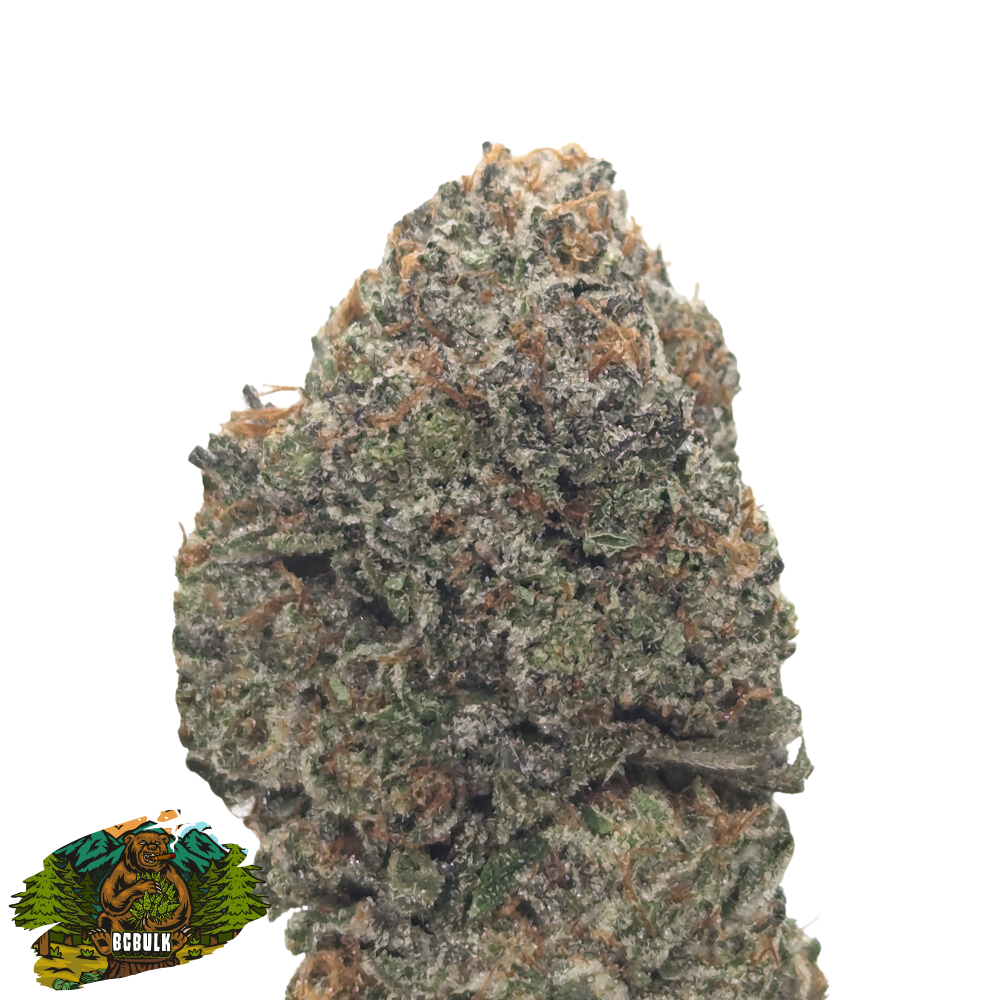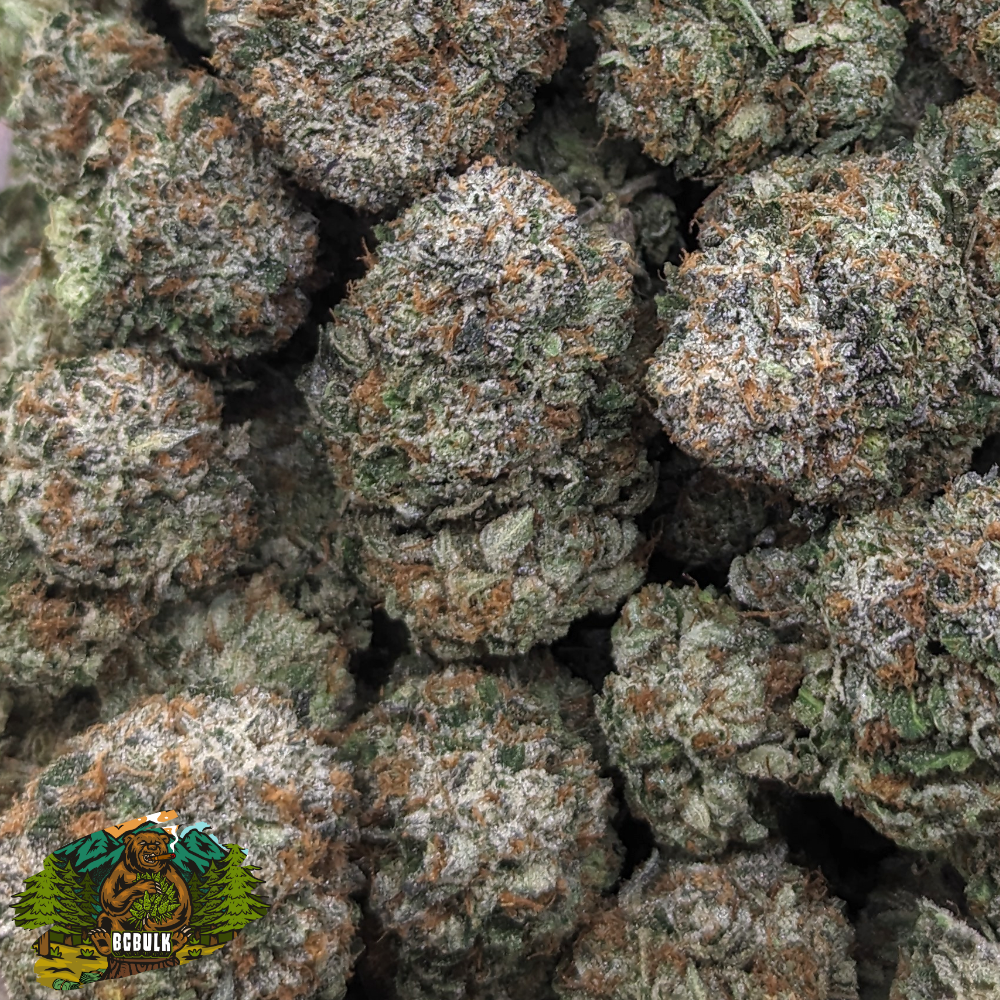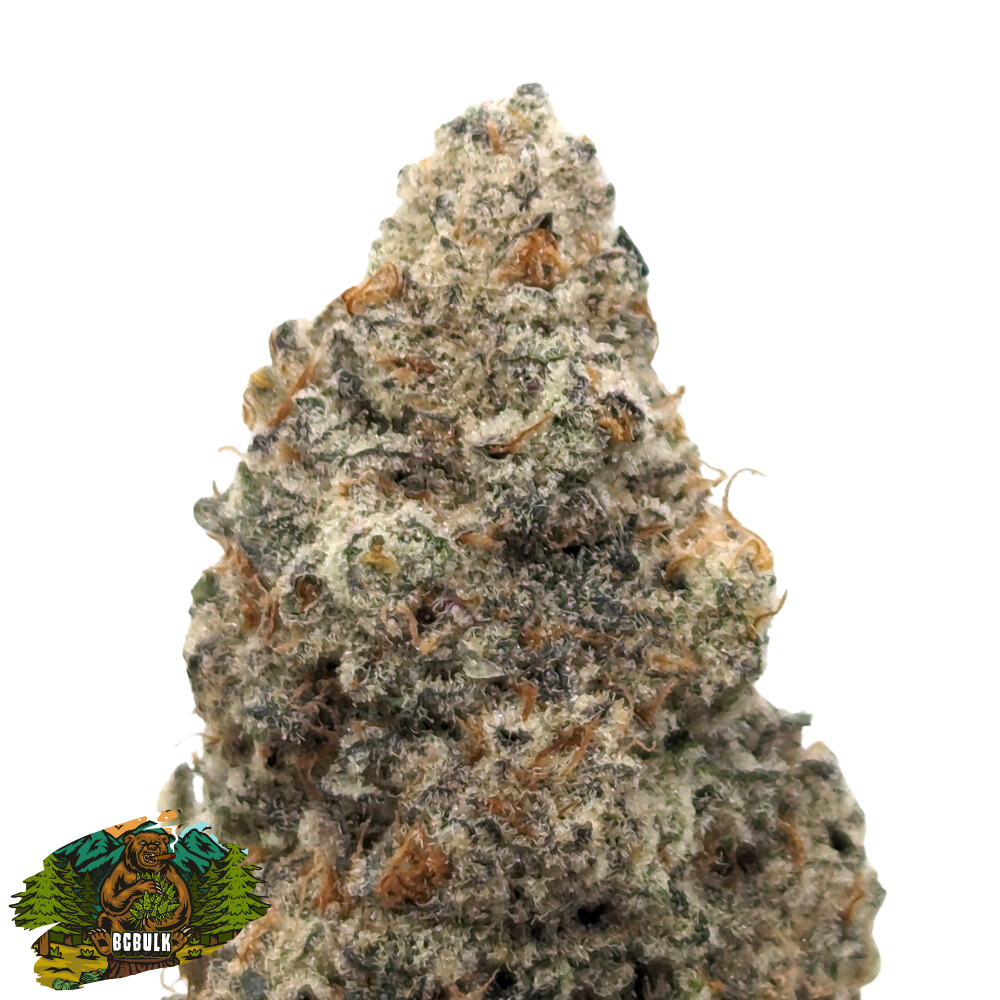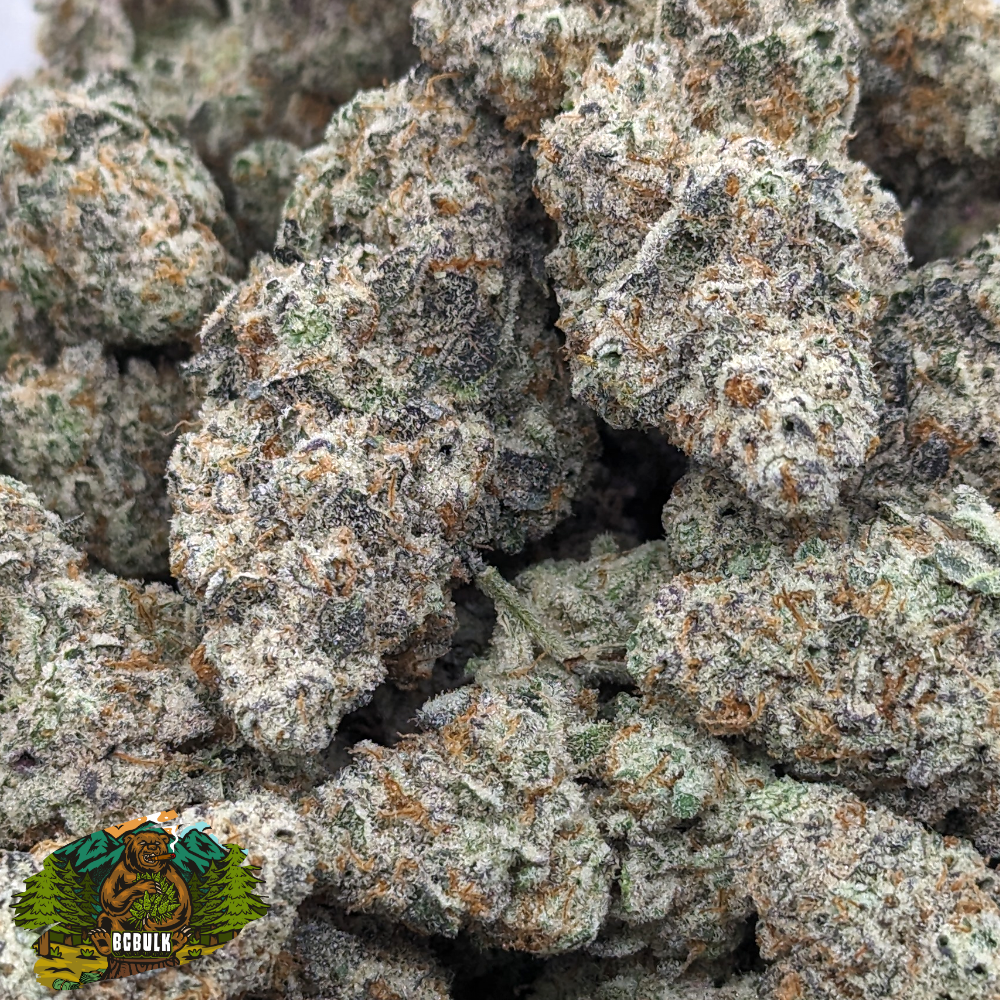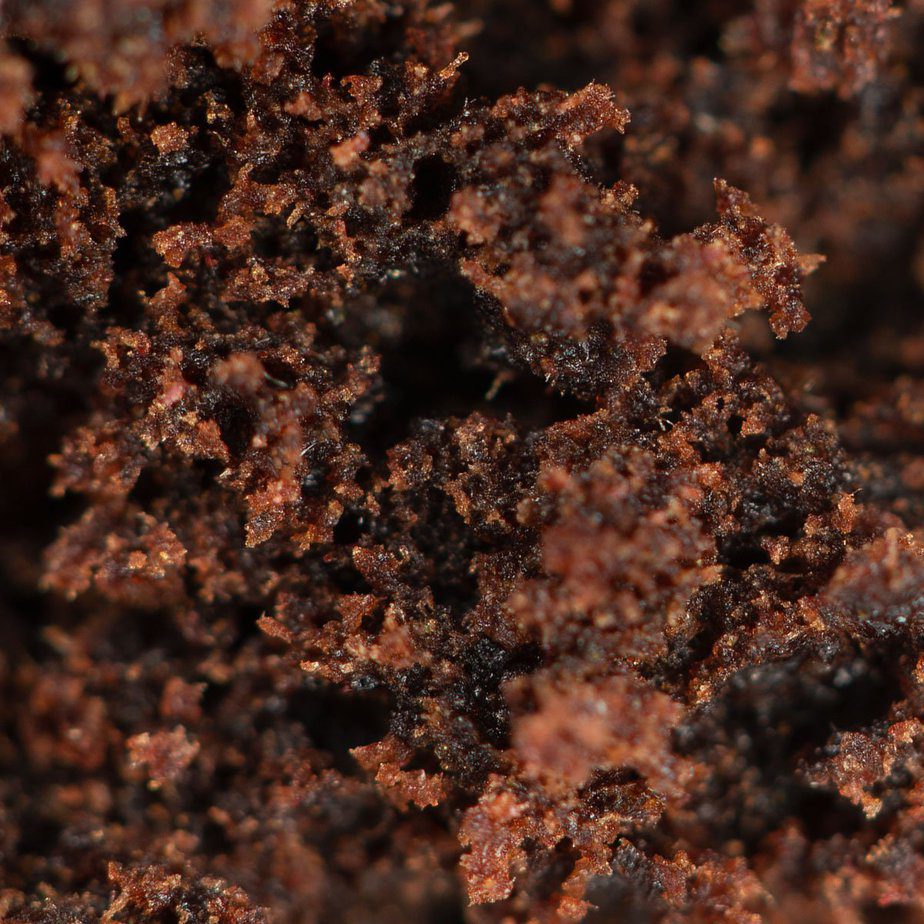| Tier | Subtotal | Items |
|---|---|---|
| 1 | $199-300 | 1 Item |
| 2 | $300+ | 1 Premium Item |
Cannabis Strains
Sativa Cannabis Strain: Uncovering the Strain’s Key Characteristics
Sativa cannabis strains are known for their invigorating, uplifting, and cerebral effects, making them a popular choice among consumers seeking energy and focus in their daily lives. These strains are characterized by their tall and thin plant structure, narrow leaves, and longer flowering cycles. Originating from equatorial regions, Sativa plants have adapted well to the warm climates and long hours of sunlight they enjoy, and they are commonly associated with the tropical regions of Central and South America, Southeast Asia, and Africa.
The distinguishing effects of Sativa strains can be attributed to the cannabinoids, terpenes, and other compounds found in these plants. The profile of these chemical compounds varies between Sativa and Indica strains, allowing for unique qualities and experiences for consumers. Sativa strains are typically higher in THC, the psychoactive cannabinoid responsible for the energizing and mentally stimulating effects, while CBD, a non-intoxicating cannabinoid, may be found in lower concentrations.
The vast array of Sativa strains available today provides an array of options for meeting the needs of a diverse consumer base. Many cultivators have experimented with hybridization, crossing Sativa and Indica strains to create hybrids with balanced effects and growing traits. The ever-expanding genetics of the cannabis plant opens the door for continued exploration, development, and understanding of these strains and their potential applications in the daily lives of consumers.
Classification and Characteristics

Indica vs Sativa
The two primary classifications of Cannabis plants are Indica and Sativa. These classifications, originating from different geographical regions, are distinguished by their effects, growth patterns, and physical attributes. Indica strains are often associated with a more calming and relaxing experience, while Sativa strains are commonly known for their uplifting and energizing effects.
- Indicas:
- Origin: Central and South Asia
- Effects: Relaxing, sedating
- Growth: Short, bushy, with broad leaves
- Sativas:
- Origin: Eastern Asia
- Effects: Energizing, uplifting
- Growth: Tall, slender, with narrow leaves
Botanical Features
Sativa Cannabis plants exhibit several distinct botanical features that set them apart from their Indica counterparts. These features include:
- Height: Sativa plants grow much taller than Indica plants, often reaching heights of 6-15 feet (2-5 meters).
- Leaves: The leaves of Sativa plants are long and narrow compared to the broader leaf shape of Indica plants.
- Buds: Sativa plants produce elongated, cylindrical buds that are generally lighter and less dense than those found on Indica plants.
- Flowering time: Sativa plants generally have a longer flowering period than Indica plants. They can take anywhere from 10-16 weeks to fully flower, compared to the 7-9 weeks required for Indica plants.
- Climate: Sativa plants thrive in warmer, more tropical climates, whereas Indica plants are better suited for cooler climates with shorter growing seasons.
Chemical Composition

Cannabinoids Content
The chemical composition of Sativa cannabis strains is characterized by a diverse array of active compounds called cannabinoids. The most well-known cannabinoids are:
- Tetrahydrocannabinol (THC): Responsible for psychoactive effects in cannabis users, commonly associated with the sensation of ‘getting high.’ Sativa strains tend to have higher THC content than Indica strains.
- Cannabidiol (CBD): A non-psychoactive compound that has gained popularity for its potential therapeutic effects, including anti-anxiety and anti-inflammatory properties.
Sativa strains often possess a higher THC: CBD ratio as compared to Indica strains. This ratio can have a significant impact on the user’s experience. The following table shows typical THC and CBD levels in Sativa strains:
| Cannabinoid | Typical Concentration |
|---|---|
| THC | 12 – 16% |
| CBD | 0.5 – 1.5% |
Terpene Profiles
In addition to cannabinoids, the chemical composition of Sativa cannabis strains is heavily influenced by the presence of terpenes. Terpenes are aromatic compounds found in a variety of plants, including cannabis, which contribute heavily to the strain’s signature aroma and flavor. In Sativa strains, some of the most commonly found terpenes include:
- Myrcene: Known for its earthy, musky scent. It has potential anti-inflammatory and pain-relieving effects.
- Limonene: Recognizable by a citrusy aroma. Its potential benefits include mood-enhancing and stress-relief properties.
- Pinene: Understandably named for its pine-like fragrance. Potentially aids in memory retention and respiratory health.
It is the combination of these terpenes, alongside other lesser-known terpenes, that creates a distinct and unique aromatic profile for Sativa cannabis strains. The specific terpene profile can have significant effects on the user’s experience, such as whether the strain produces an energetic effect or a more calming one.
In summary, the chemical composition of Sativa cannabis strains includes numerous cannabinoids and terpenes that influence their effects and provide a unique sensory experience. The higher THC content and distinct terpene profiles in Sativa strains can create a stimulating and uplifting experience for the user.
Medical and Recreational Uses

Therapeutic Effects
Sativa Cannabis is known for its potential therapeutic effects, which have been studied for various medical conditions. Some of the commonly reported benefits include:
- Pain relief: Sativa strains may offer relief for chronic pain, arthritis, or migraines due to their higher levels of THC and lower CBD content.
- Mood enhancement: The uplifting effects of Sativa strains are often attributed to the activation of serotonin and dopamine receptors in the brain, potentially easing symptoms of depression and anxiety.
- Increased energy and creativity: The stimulating nature of Sativa strains may promote mental focus, alertness, and imagination, potentially benefitting those with fatigue or attention deficit disorders.
It’s essential to consult a healthcare professional before using Sativa Cannabis for these purposes, as individual results may vary.
Recreational Benefits
Sativa Cannabis is also popular for recreational use due to its unique effects on mood and cognition. Some of the key recreational benefits include:
- Euphoria: The increased levels of THC found in Sativa strains can trigger a sense of euphoria, making users feel uplifted and more talkative.
- Stimulation: Sativa strains often have an energizing effect, promoting physical activity and socialization.
- Creativity boost: The cerebral nature of Sativa strains can enhance creativity, making them a popular choice among artists and musicians.
- Appetite stimulation: Sativa Cannabis can stimulate appetite, which may benefit those who struggle to maintain a healthy weight.
While the recreational benefits of Sativa Cannabis have been widely reported, users should consume responsibly and be aware of local laws and regulations regarding its use.
